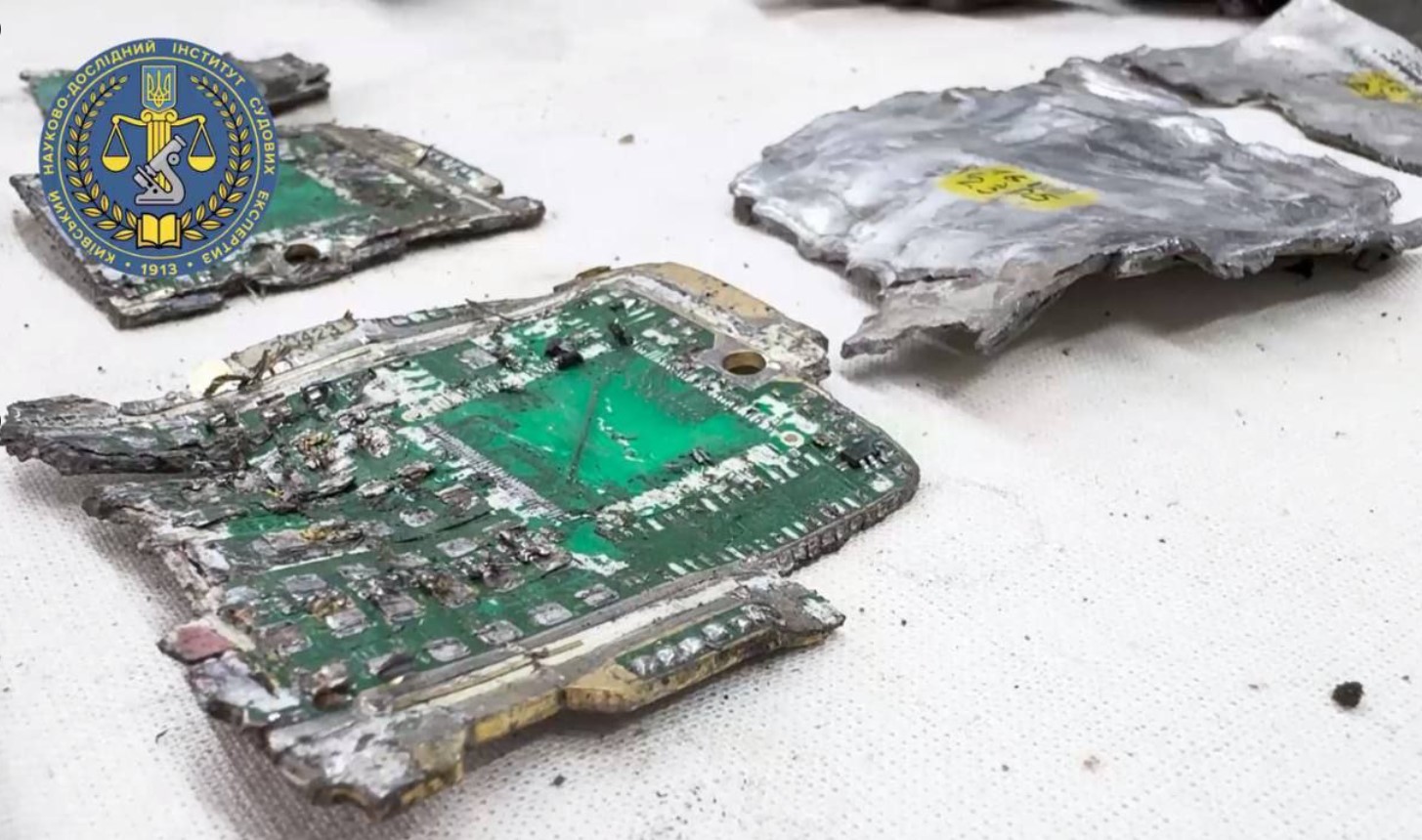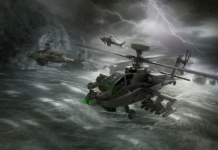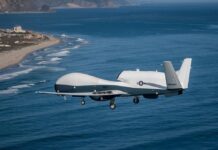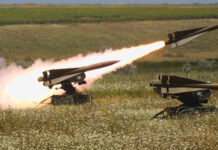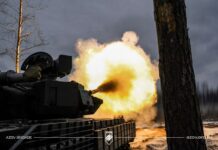Russia attacked Kyiv with a 3M22 Zircon hypersonic cruise missile for the first time on 7 February 2024, according to Ukraine’s government-run Kyiv Scientific Research Institute of Forensic Expertise.
Posting on the Telegram social media channel on 12 February, the director of the institute, Oleksandr Ruvin, stated, “The experts of the Kyiv Scientific Research Institute of Forensic Expertise are conducting a study of the Russian missiles that the enemy used to attack Ukraine on 7 February 2024. According to preliminary information, there is indeed evidence of the use of a 3M22 Zircon missile. This is evidenced by the markings on the parts and fragments, the identification of components and parts, and the features of the relevant type of weapon. The missile was fired into an area where there are no military facilities, and civilian infrastructure and civilians were affected.”
The 3M22 Zircon is a scramjet-powered hypersonic anti-ship cruise missile that Russian President Vladimir Putin named as one of Russia’s future ‘super weapons’ in his March 2018 address to the Russian Federal Assembly. Putin has claimed that the Zircon, which is capable of being armed with a nuclear warhead, can travel as fast as Mach 9 (11,113 km/h).
The weapon was first test-launched from the Russian frigate Admiral Gorshkov in early January 2020 and, following a series of other test launches, including from a surfaced nuclear submarine in October 2021, Russian Defence Minister Sergei Shoigu announced on 23 December 2022 that Admiral Gorshkov had received its first batch of operational Zircon missiles.
Detailing his institute’s analysis, Ruvin stated, “In general, Russian missiles have parts that can be used in several types of products at once, while others are components for specific models only. In this case, we see elements that are specific to the 3M22 Zircon missile. Parts and fragments of the jet engine and steering mechanisms have specific markings.
“The 3M22 Zircon missile,” Ruvin explained, “consists of component parts marked 3L22, 3V22, etc, ie the letter may differ, but the general marking for missiles is 3M22. Several fragments are laser engraved and embossed with the inscription 3L22, which indicates a specific assembly from a specific product. In addition, the bolts on the steering mechanisms are marked with the number 26, which is a feature of the Zircon. Other markings on the missile debris indicate the date of production of its components: late 2023-2024. This means that the missile was assembled recently.”
Interestingly, having noted Russia’s claimed characteristics for the Zircon – a 600-1,500 km range, speed up to Mach 8-9, warhead weight about 300-400 kg, a length of 8-10 m – Ruvin added, “Significant fragmentation of the missile makes identification difficult, but we can already say that the weapon does not meet the tactical and technical characteristics declared by the enemy. In the course of further expert investigation, all possible information will be detailed.”
Russia’s production capacity for the Zircon is not known, but its use in Ukraine is a worry to Kyiv and its allies, as the system is likely to successfully challenge any air defence system Ukraine’s forces deploy.
Indeed, Western missile and air defence system manufacturers are only now beginning to develop concepts to defend against hypersonic weapons.




